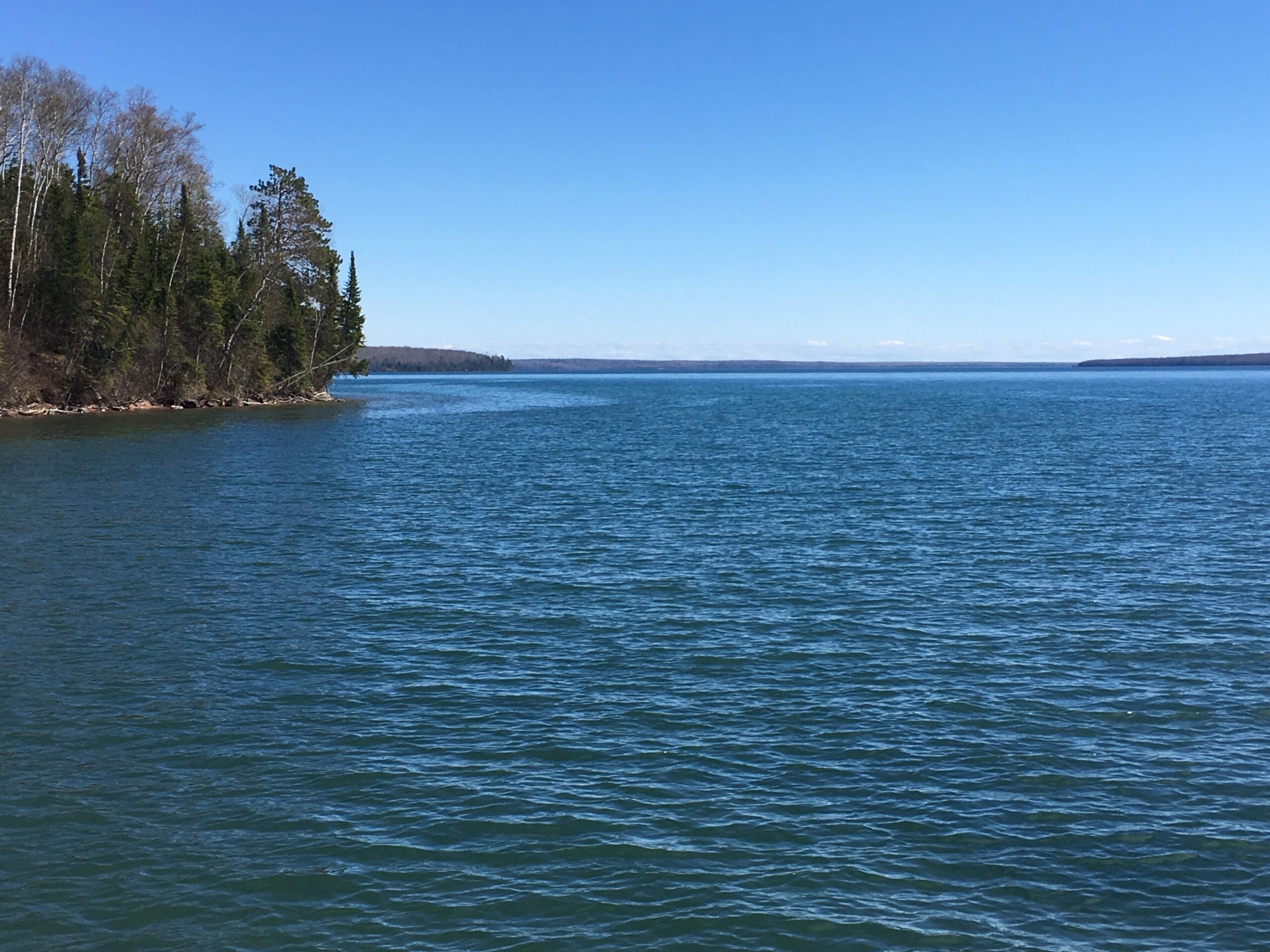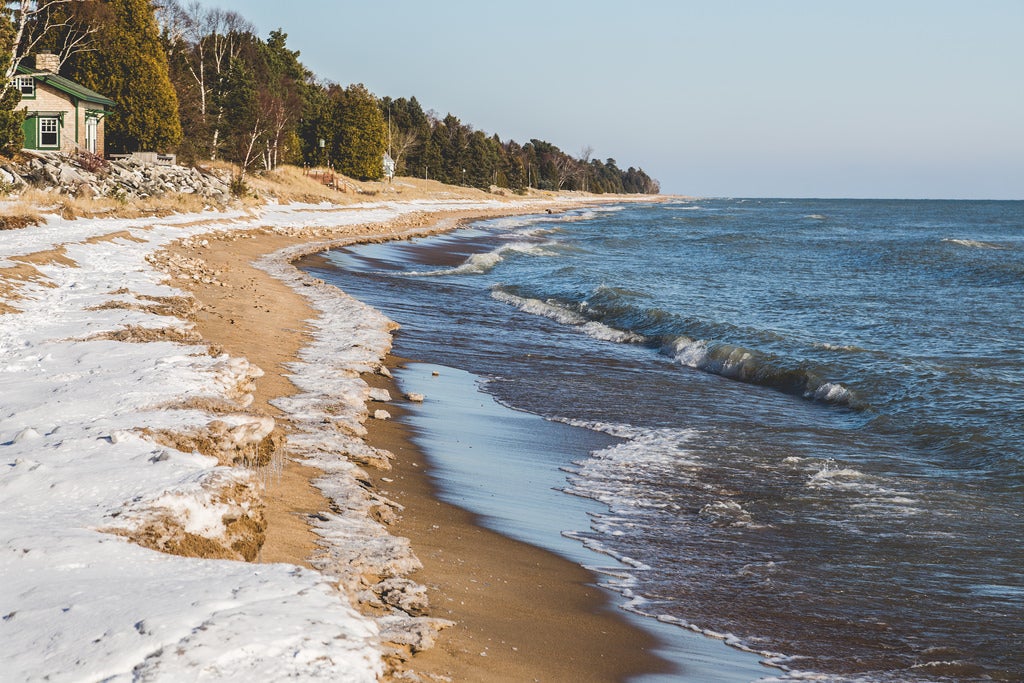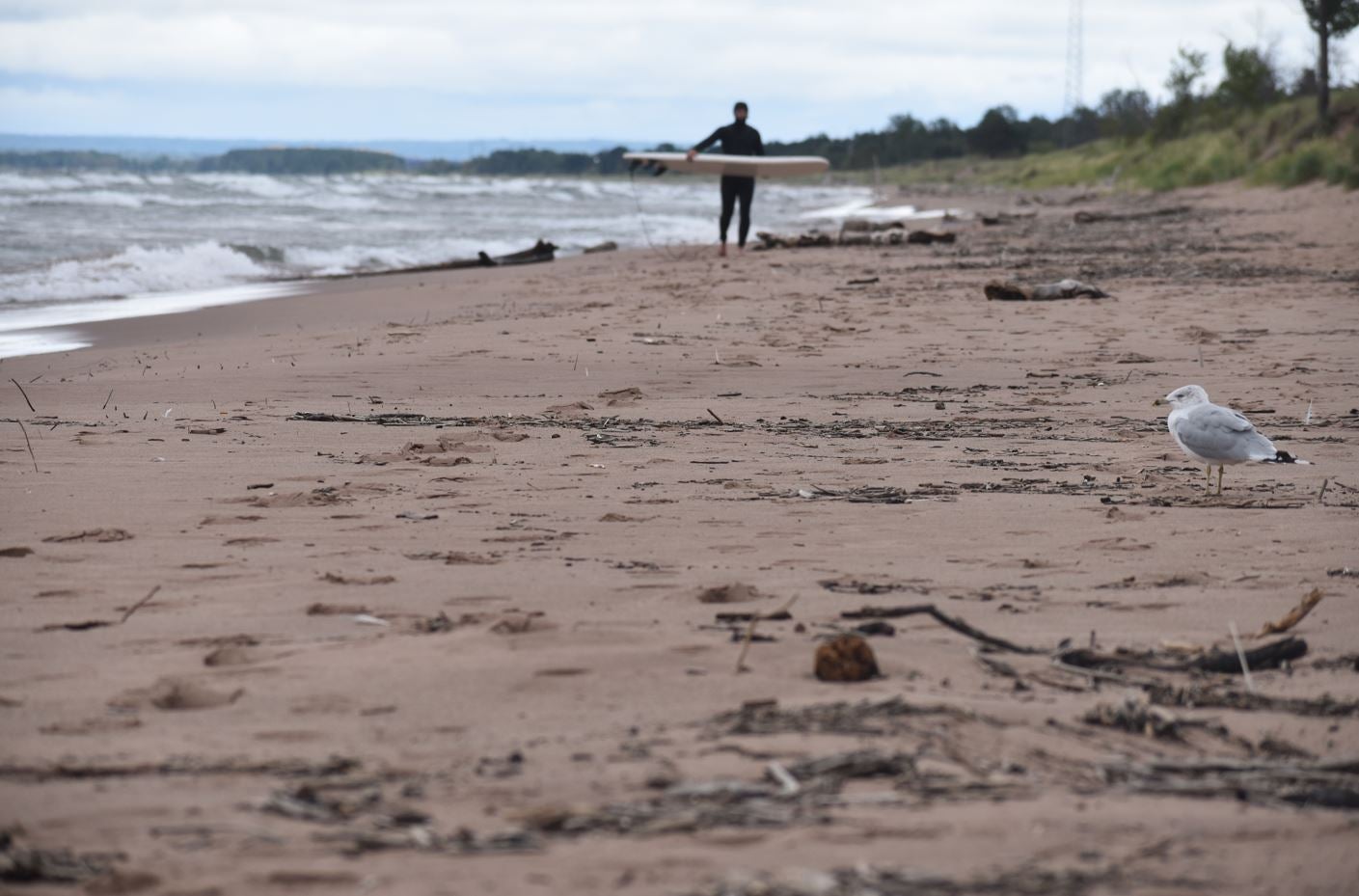Water levels on Lake Superior were near record highs for the month of September, which is causing erosion and property damage along areas of the lake.
Lake Superior was 4 inches higher in September than it was last year and 2 inches below the record high for the month, said Missy Kropfreiter, a hydraulic engineer with the U.S. Army Corps of Engineers.
“We did see 30 percent more than average rainfall during the month of September,” she said. “The odd part for Lake Superior to have risen 1 inch from August to September is that we typically see that seasonal decline begin during the month of September.”
Stay informed on the latest news
Sign up for WPR’s email newsletter.
Kropfreiter said they’ve seen an increase in calls about property or shoreline damage due to high lake levels.
“But, we typically get these calls with November kind of around the corner here,” she said. “It’s those high winds and seiche events that occur. When you have higher water levels and strong winds pushing the waters, you get those larger waves. They tend to impact some of those shoreline structures.”
Lake Superior was 603.02 feet above sea level in September, which is the highest it’s been since 1997. She said the International Lake Superior Board of Control has opened six gates on St. Marys River, which drains Lake Superior at the end of Whitefish Bay, compared to five at this time last year.
“The higher outflows are a direct result of the higher levels we’re seeing on Lake Superior,” she said. “It’s an attempt to push more water out in preventing the lake from climbing too far.”
However, she cautioned that regulated outflows have a fractional impact on Lake Superior levels when compared to rainfall and runoff in the basin.
Kropfreiter said lake levels are expected to decline for the season, but remain above average for the next six months.
Wisconsin Public Radio, © Copyright 2024, Board of Regents of the University of Wisconsin System and Wisconsin Educational Communications Board.






